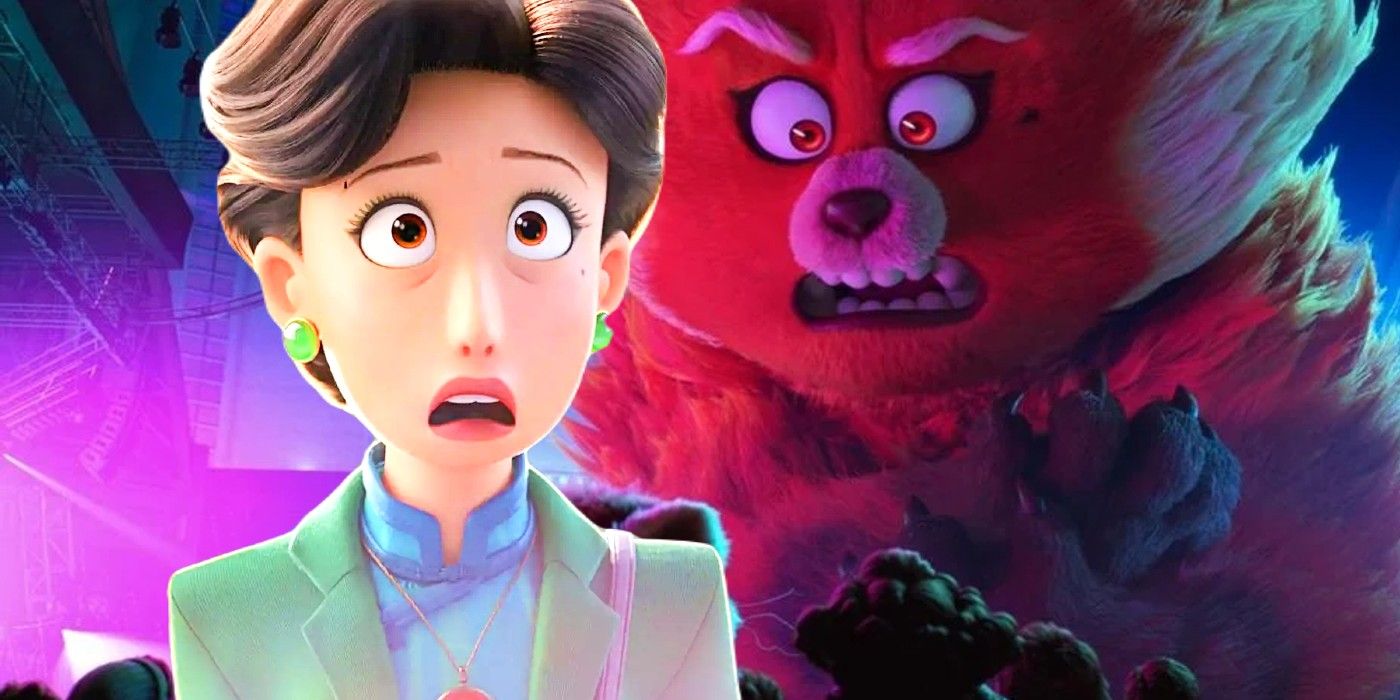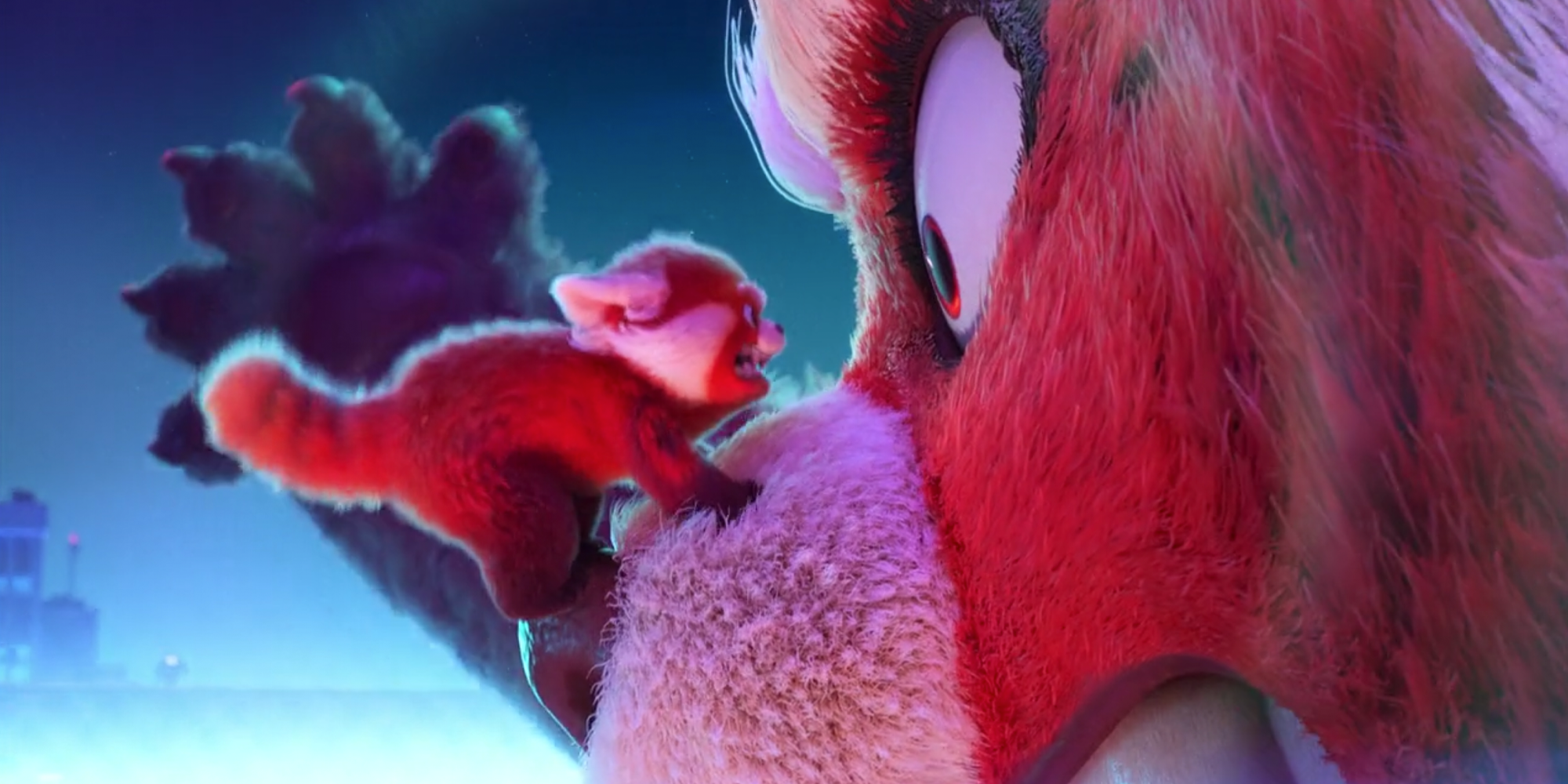Turning Red: Why Mei's Mom's Red Panda Is So Much Bigger

Warning! This article contains SPOILERS for Turning Red
In Disney’s latest Pixar movie, Turning Red, Mei Lee (Rosalie Chiang) shapeshifts into a red panda, symbolizing the struggle of dealing with emotions, only to find out that her mother, Ming (Sandra Oh), does the same thing, but as a significantly larger panda. In fact, her mom’s panda is laughably big, enormous really, but reading between the lines of the narrative can help to understand why this is. The movie has been compared to Pixar’s Inside Out, another emotionally-driven, coming-of-age tale, but the symbols the two use to convey its message are vastly different.
In Turning Red, after Ming’s amulet that keeps her from shapeshifting breaks, her emotions overwhelm her, and she turns into a Godzilla-sized red panda. However, Mei’s panda was always much smaller throughout the movie in comparison, and when her aunties and grandmother make an appearance, they, too, are closer to Mei’s size. The climax of the movie involves Ming tracking down her daughter, raging through the streets in her large panda form while Mei is with her friends attending a concert by the fictional Turning Red boy band, 4*Town.
The movie never directly answers why Ming appears to be so outrageously large, but there are a few possibilities that could explain why the choice was made to have her appear as such. One reason could be the fact that Ming’s emotions have been pent up for so long and controlled by this amulet, rather than working through them and allowing herself to express them in healthier ways than keeping it all bottled up. The other reason may be because of the creative influences Turning Red’s writer and director Domee Shi has said inspired the movie, particularly anime, which commonly has colossal monsters.

Once Ming discovers that Mei is turning into a red panda, she moves quickly to get her daughter ready for a ritual that will help her to suppress the shapeshifting. In Turning Red, panda’s are important and central to the storyline, and clearly Mei’s mother has had to deal with her own red panda, but the way she has dealt with it has caused her emotions to boil up inside her over the years. The movie is all about symbolism, and so it makes sense if Mei turns into a big red panda, then a bigger red panda may mean those emotions have been lying dormant in a person for some time, just waiting to come surging out in truly unpredictable ways. It has been a long time since Ming dealt with those emotions head-on, and now she is feeling the repercussions of this.
Pixar’s Turning Red also looks so different compared to its other animated movies and this could help to explain the creators’ stylistic choice to make Ming appear so huge. Shi and her creative team have cited anime as being a huge influence on the movie, with its flashy colors, over-exaggerated facial expressions, and a familiar aesthetic that transports the viewer right back to the early 2000’s. Those details all come together in the climactic finale, and Mei’s mother is more than just a comically large red panda; the choice is a nod to Japanese entertainment culture.
Whether it’s symbolic or literal, seeing Ming towering over the others is definitely unexpected, but the choice was clearly intentional. While Mei keeps her panda in Turning Red, her mother chooses to go through with the ritual along with her aunties and grandmother. Regardless of the final choices each character makes, the whole experience brings mother and daughter closer together again as they navigate their challenging emotions side-by-side.
Source: Screenrant
Post a Comment